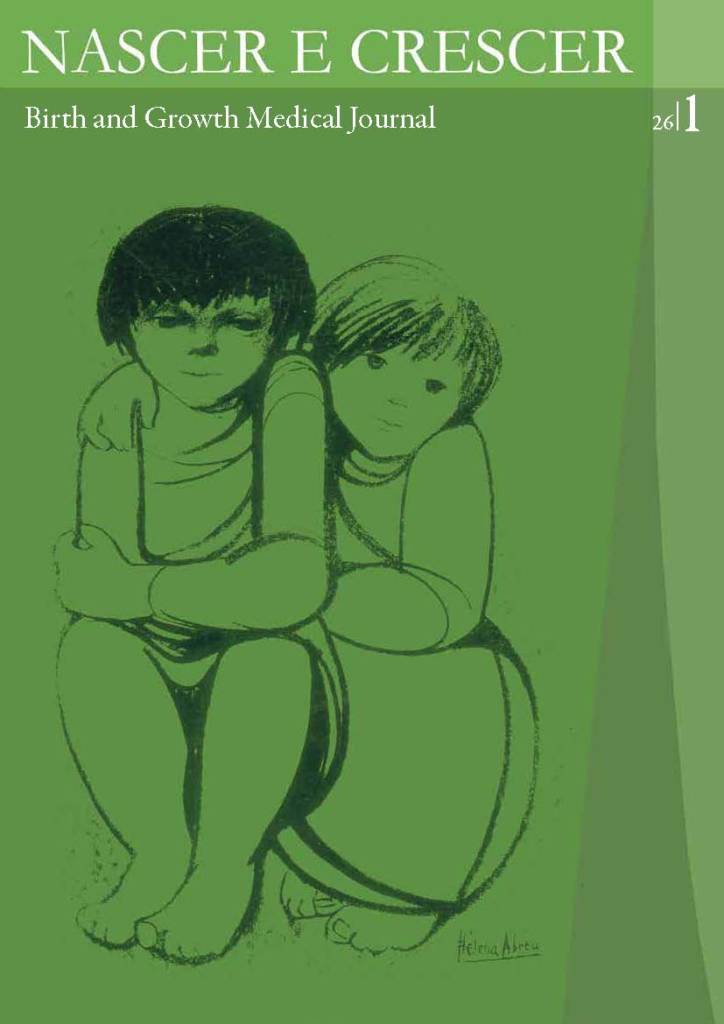IMAGING CASE
DOI:
https://doi.org/10.25753/BirthGrowthMJ.v26.i1.9854Keywords:
Adolescent, Osgood-Schlatter disease, overuse injuryAbstract
A ten-year-old girl presented with a one week history of left knee pain, exacerbated by movement. She practiced handball regularly, but denied any recent trauma. There was no fever, night pain, fatigue or other constitutional symptoms.
Physical examination revealed swelling and tenderness over the tibial tuberosity without erythema or warmth.
Knee radiograph showed soft-tissue edema and fragmentation of the tibial tuberosity, findings consistent with Osgood-Schlatter disease.
Osgood-Schlatter disease is an overuse injury caused by repetitive strain and chronic avulsion of the secondary ossification center (apophysis) of the tibial tuberosity. It is associated with growth spurts in physically active adolescents.
The patient was treated with anti-inflammatories and rest during one week and gradually returned to activity. There was no recurrence during the two years follow-up.
Downloads
References
Gholve PA, Scher DM, Khakharia S, Widmann RF, Green DW. Osgood Schlatter syndrome. Curr Opin Pediatr 2007; 19:44-50.
de Lucena GL, dos Santos Gomes C, Guerra RO. Prevalence and associated factors of Osgood-Schlatter syndrome in a population-based sample of Brazilian adolescents. Am J Sports Med 2011; 39:415-20.
Launay F. Sports-related overuse injuries in children. Orthop Traumatol Surg Res 2015; 101: S139-47.
Downloads
Additional Files
Published
How to Cite
Issue
Section
License
Copyright and Authors' Rights
All articles published in Nascer e Crescer - Birth and Growth Medical Journal are Open Access and comply with the requirements of funding agencies or academic institutions. For use by third parties, Nascer e Crescer - Birth and Growth Medical Journal adheres to the terms of the Creative Commons License "Attribution - Non-Commercial Use (CC-BY-NC)".
It is the author's responsibility to obtain permission to reproduce figures, tables, etc. from other publications.
Authors must submit a Conflict of Interest statement and an Authorship Form with the submission of the article. An e-mail will be sent to the corresponding author confirming receipt of the manuscript.
Authors are permitted to make their articles available in repositories at their home institutions, provided that they always indicate where the articles were published and adhere to the terms of the Creative Commons license.


